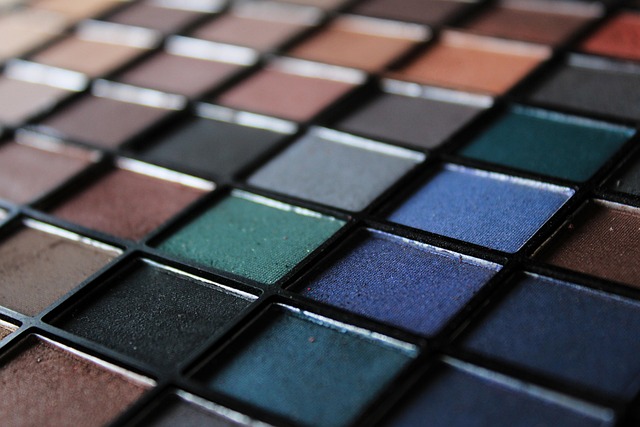Exploring the Impact of Color in Photography: A Lens into Exposure
Photography is not just about capturing moments; it is an art that speaks through the vibrant language of color. Each hue exudes emotion and can transform a simple photograph into a powerful narrative. When we delve into the realms of exposure, the interplay of color becomes even more significant, shaping the viewer’s perception and reaction to the image.
Imagine standing in front of a breathtaking landscape. The early morning light casts a golden hue over the dewy grass, and the sky becomes a canvas painted with soft pastels. As a photographer, capturing this scene is not merely about selecting the right camera settings; it’s about understanding how color and exposure work hand-in-hand to evoke sensations and convey meaning. The interplay between light and color can bring warmth to a sunrise or create a moody atmosphere in a shadowed alley.
Each color has its language; red speaks of passion and excitement, while blue can evoke calm and serenity. When taking a photograph, being mindful of the color palette can shape the emotional resonance of the final image. This is where the technical aspect of exposure comes into play. By adjusting the shutter speed, aperture, and ISO, photographers can manipulate how light interacts with colors in the frame. Overexposing can wash out colors, stripping them of their essence, while underexposing can render them dark and less intimate.
The camera, our essential tool, serves as a bridge between the artist’s vision and the viewer’s experience. Mastering its functionalities allows photographers to create photos where color and exposure harmoniously blend. Understanding optics—the science of light—also plays a pivotal role. Different lenses can affect how colors are rendered, showcasing the relationship between color and light. For instance, a wide-angle lens may capture a sunset in its full glory, while a macro lens might explore the intricate tones of a flower’s petal.
In the world of photography, color can dictate the mood and intent behind a frame. It invites viewers to interpret the emotional layer beneath the surface. Think of a simple image: a lone tree on a hill at dusk. The warm amber glow of the setting sun peeking through the branches contrasts beautifully with the deep indigo of the evening sky. This color contrast not only creates visual intrigue but also draws the audience into a moment of solitude and reflection, all thanks to the photographer’s nuanced understanding of exposure and light.
As photographers, we have the unique privilege to capture the world in all its color and vibrancy. By mastering the art of exposure, we can reveal the deeper layers of our subjects, infusing our photos with the emotional depth that only color can convey.



